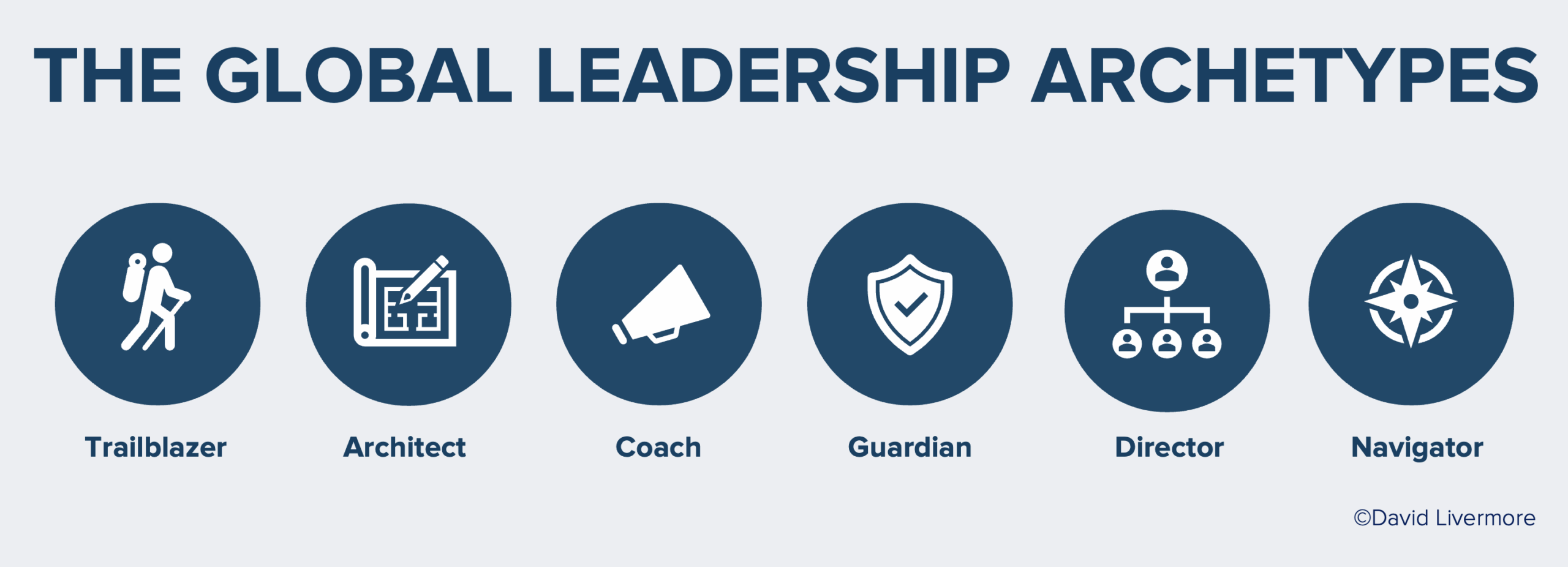This morning Emily, my fourteen year old daughter declared, “I hate shopping!” She’s excited about going to homecoming this weekend and she likes to dress up. But she has no interest in all the hassle involved in trying on different outfits and spending hours at the mall.
As if that isn’t enough, she’s ambivalent about Facebook, she enjoys an evening at home with my wife and me, and she does all her weekend homework on Friday afternoon so she isn’t cramming on Sunday night. No—you can’t adopt her. And believe me, there are some very “typical” adolescent characteristics of Emily too. But she’s a reminder that to assume certain things about a particular cultural group (in this case, U.S. adolescent girls) might be entirely inaccurate.
Stereotypes are more offensive to most of us than a four-letter word. The very idea makes us cringe. How many of us have heard a full culture described with one sweeping statement that may have a kernel of truth in it but hardly applies to everyone from that culture? And who of us likes to be on the receiving end of a stereotype?
But I’m going to suggest that stereotypes get a bum rap. Hear me out. I’m the first one to speak up when someone starts to say, “When you negotiate with an Indian, remember xyz.” See—I’m so paranoid about stereotypes that I don’t even want to perpetuate what would typically be said about negotiating with an Indian. And when hearing that, I’d usually ask, “Which Indian are you talking about? And do you mean an ethnic Indian who was born and raised in Toronto, someone who lives and works in Mumbai, or someone who grew up in Delhi but has worked for the last 10 years in Silicon Valley?”
But this was supposed to be an article about why we need stereotypes. It’s simply irresponsible to think you can interact, manage, and negotiate with everyone uniformly. In other words, we can’t just “treat everyone the same” and research shows we don’t anyway. Subconsciously, we’re making snap judgments about new acquaintances as soon as we meet them. Our interactions with people from different cultural backgrounds often occur so quickly that we need to at least be prepared for some of the differences that are likely to emerge.
For example, if you’re making a presentation to an organization in a culture where authority and chain of command are taken seriously (e.g. high power distance), you want to plan your presentation in light of who has the most authority, how to appropriately interact individuals according to their “status”, and how to refer to yourself and your role with your organization. Even where to sit, how to describe your credentials, and how to facilitate discussion are things that better consider the predominant view of authority held among a particular group of people.
Now there’s a chance you’ll prepare a presentation for what you expect will be a very top-down culture. For example, let’s say you’re going to make a presentation to a group of Koreans at their organization in Seoul (a culture that scores very high on power distance). After some initial interactions, perhaps you find out that this is an organization that actually operates with very little hierarchy and that the adaptations planned for a top-down culture are unnecessary. Then it might make sense to revert back to the way you would have presented to a group in a low power distance culture. Although be forewarned. Even a “low power distance” organization in Korea is likely to still be very different from a parallel organization in Israel, one of the lowest power distance cultures in the world.
In today’s flattened world, the more typical scenario will be presenting to individuals and organizations who span the scope of low to high power distance, which then requires an adaptive approach to leadership and speaking that accounts for many different preferences. We can’t be all things to all people but we surely better account for the varying tastes and preferences possible in any multicultural group and do the best we can to get a read on peoples’ cultural values.
Some rules of thumb for how to constructively use stereotypes or knowledge about cultural values in your work and relationships:
1. ALWAYS avoid negative stereotypes. It’s never appropriate to refer to a certain culture as “lazy” or “deceitful”. But knowing that some cultures place a higher priority upon “work/life balance” or upon “indirect communication” will make you much more effective and less disoriented.
2. Treat stereotypes as your best first guess. Stereotypes follow the bell curve. About 80% of Koreans are “high power distance.” But you’ll meet some who are very low power distance. Most US girls love to shop. But Emily is an outlier.
3. Be open to changing your assumptions. Keep your “best first guess” to yourself. Don’t immediately apply a stereotype to an individual or situation. Check to see if your first guess was accurate and if not, change it. There are 14-year-old girls who love football more than shopping.
4. Move as quickly as possible to get to know an individual and an organization in it’s own right rather than in light of broad generalizations. Few of us like to be on the receiving end of stereotypes—even if they’re somewhat accurate. We want people to know us personally. So whenever possible, move beyond the generalization and get to know the specific organization and people.
The Cultural Intelligence Center offers CQ assessments that include an inventory and feedback on where individuals personally fall along the continuum of seven cultural values (e.g. individualism/collectivism, power distance, high and low context, etc.). For more information, contact the Center here. Or check out chapter 5 of Leading with Cultural Intelligence for practical ways to manage in light of different cultural values.




